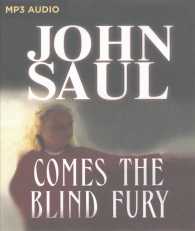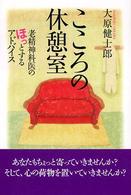- ホーム
- > 洋書
- > 英文書
- > Psychology
Full Description
In a world bursting with theories and techniques about the body and how to incorporate it into therapy and trauma work, very little is written about Jung's knowledge of the embodied process. Body as Shadow: Jung's Method of Embodied Healing articulates this Jungian perspective in depth, underpinning Jung's approach to the body in his theory and practice with neuroscientific research and later Jungian writers who amplify Jung's perspective with their own theory and clinical knowledge.
Embodied active imagination was Jung's preferred method of encountering the psyche and traveling along the path of individuation. To illustrate Jung's theory of active imagination as a powerful tool for transformation, Erica Lorentz presents case material that facilitates the readers' experience and understanding of the Mundus Imaginalis (the imaginal realm), where soul, body, emotion, energy, imagination, somatic unconscious, and subtle body guide both client and analyst into a dialogue with the personal and archetypal unconscious in the healing work. These vignettes also offer a lens through which readers can perceive the interactive field of the therapeutic relationship. What does this process look like? How do we learn to embrace and work with it? Weaving theory and clinical process, Lorentz expands conceptual understanding, making it embodied and real. Body as Shadow is essential reading for Jungian practitioners, scholars, students, and all therapists interested in deepening their clinical practice.
Contents
About the author
Introduction
1. The embodied soul
2. Body as shadow
3. Jung's embodied individuation process
4. Psychoid phenomena and subtle body
5. Embodied active imagination
6. Movement as active imagination
Conclusion
Weaving theory into practice
References
Index








